PRODUCTS SEARCH
Products
CONTACT US
Tel: 0086-18253885135
Fax: 0086-538-3318184
Address: High Tech Industry Zone of East Tai an city,Shandong Province,China
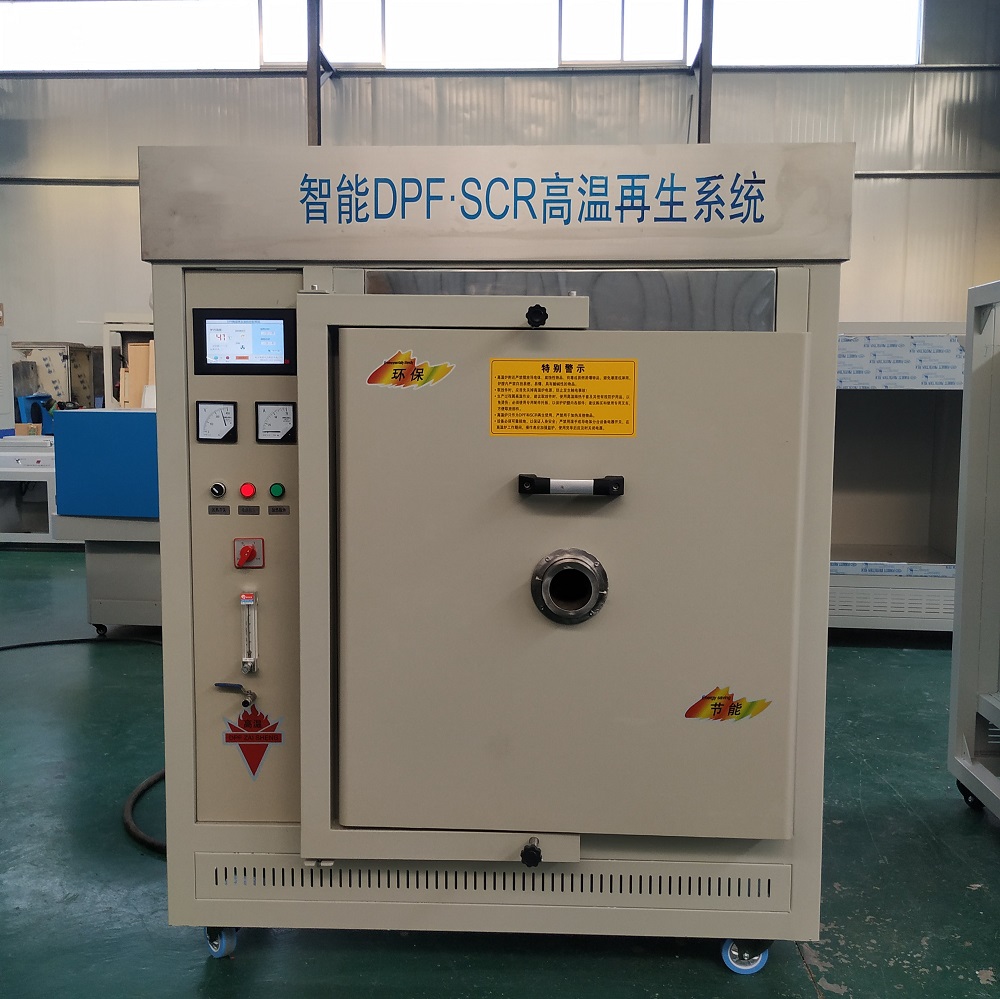
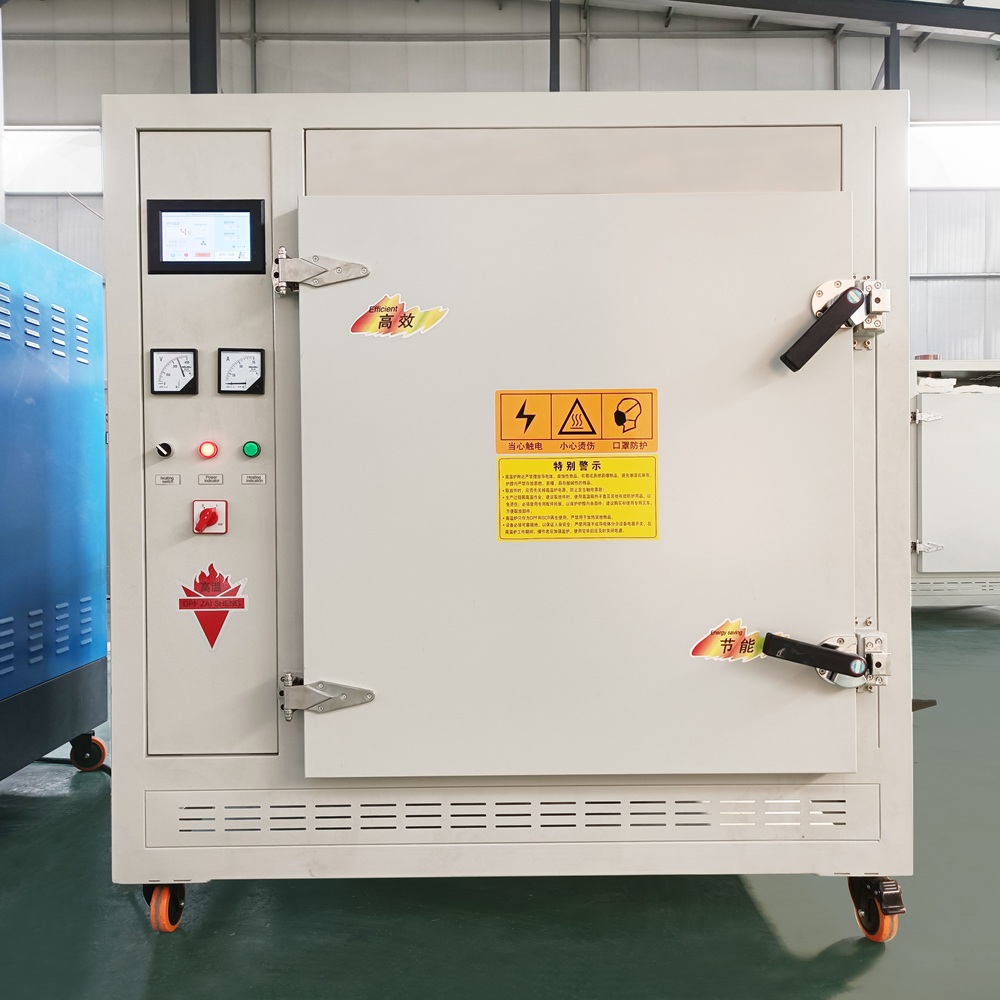
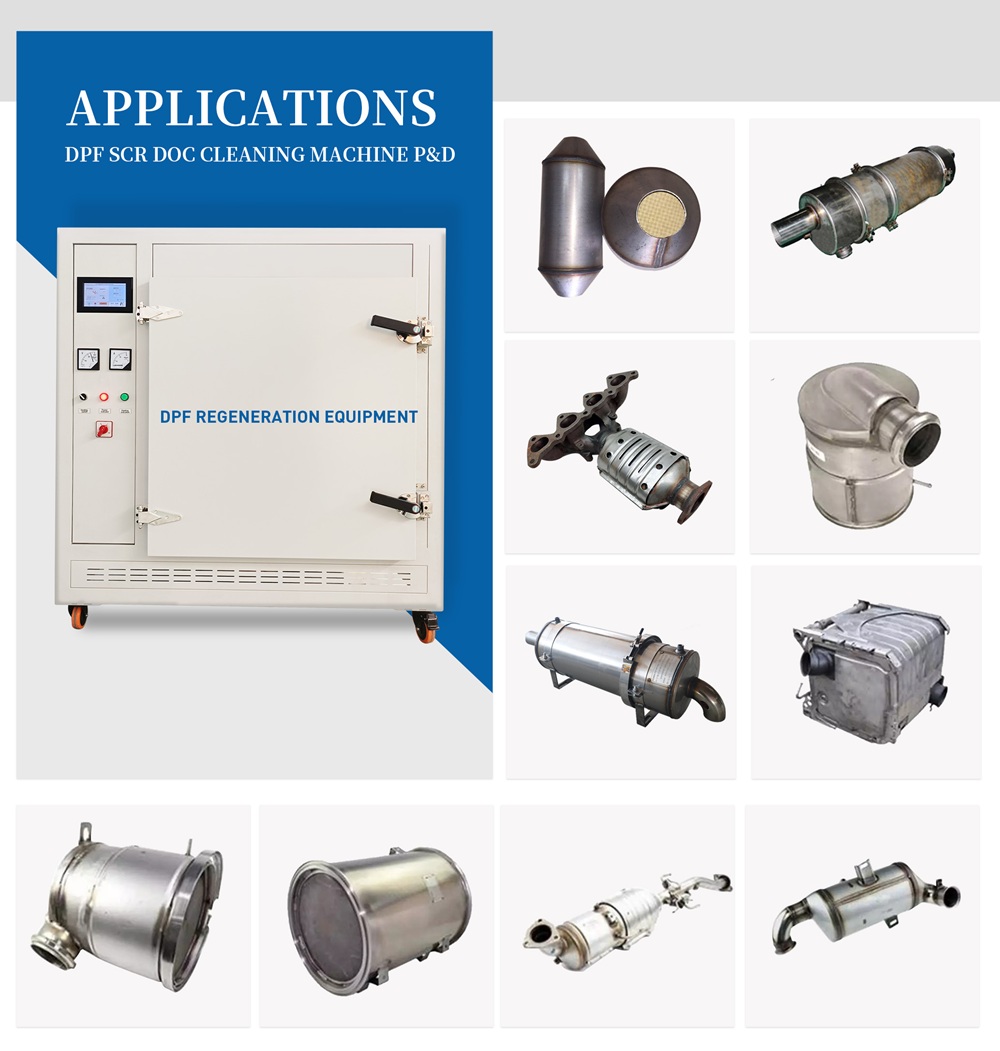
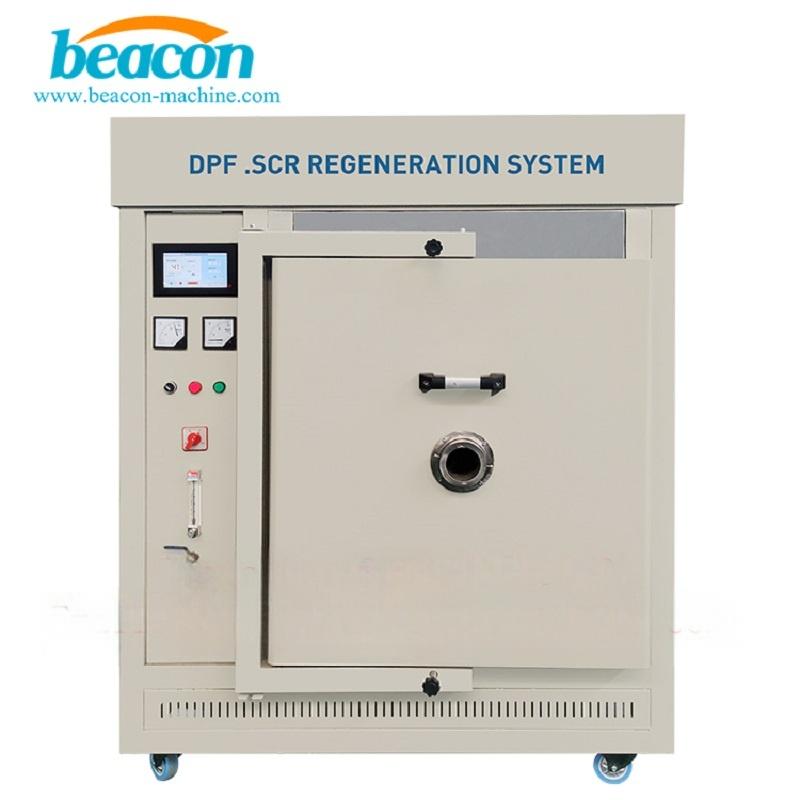
DPF-RGA Dpf Cleaner Machine For Air Filters Of Industrial Vehicles
0086-18253885135
DPF Product Information
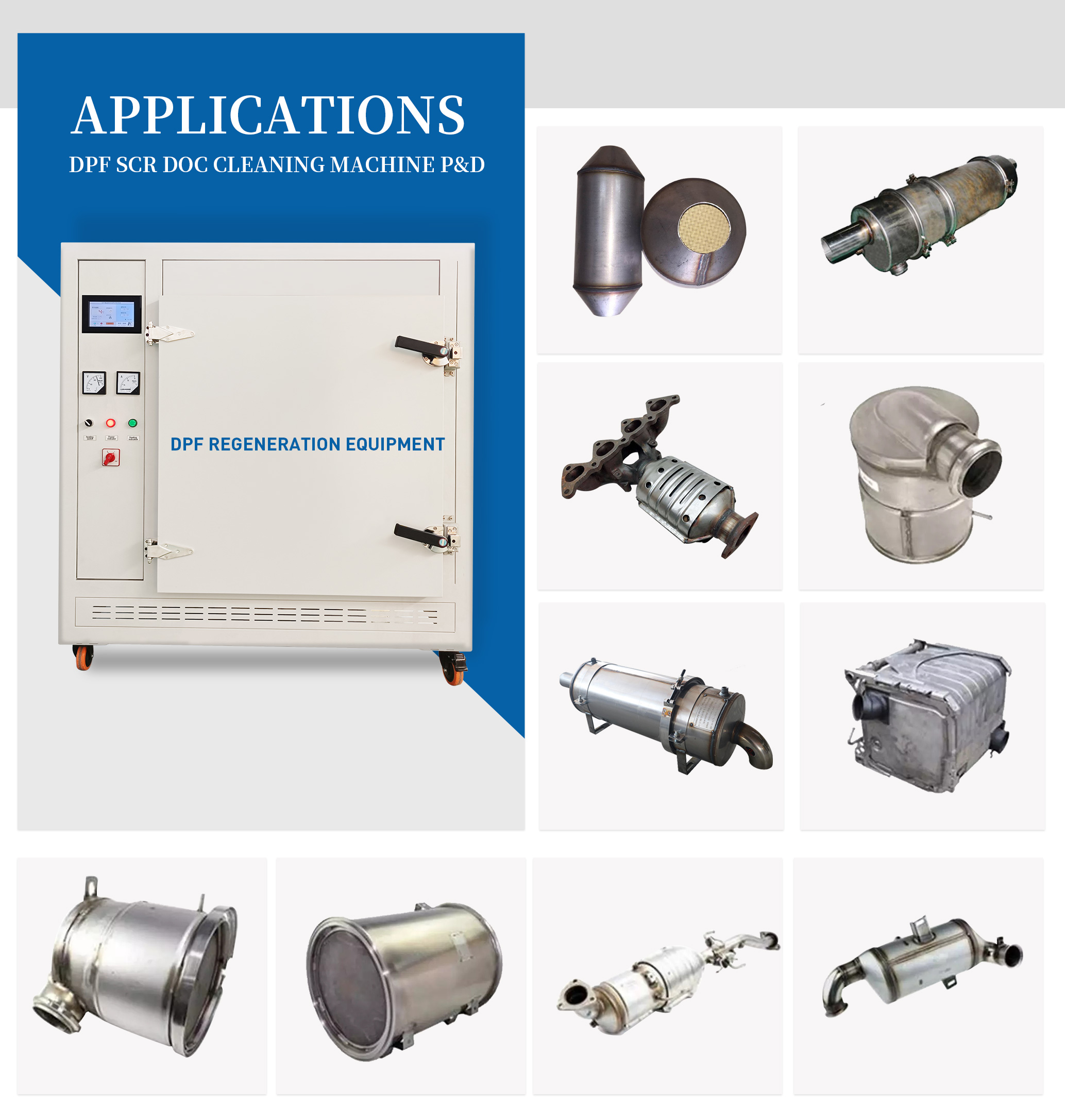
1. What is DPF:
DPF is the English abbreviation of Diesel Particulate Filter, which is the most popular exhaust gas treatment device in the current emission reduction market. DPF is equivalent to adding a mask to the exhaust system of diesel vehicles. It is a device that reduces particulate matter PM in the exhaust by filtering and capturing particulate matter. It is a device that is discharged first and then collected.
DPF is the abbreviation of Diesel particulate filter, which means diesel particulate filter in Chinese. The DPF device is installed in the exhaust system of diesel vehicles. Its function is to capture particles through a surface and internal mixed filter device, such as diffusion sedimentation, inertial sedimentation or linear interception, which can effectively purify 70%~90% of the particles in the exhaust. , is one of the most effective and direct methods to purify diesel particulate matter. Simply put, it is a device that reduces particulate matter (PM) in exhaust gas through filtration.
Diesel Particulate Filters (DPFs) have been commercialized internationally by capturing particles through a surface and internal mixing filter unit.
The DPF is blocked and needs to be regenerated. Although DPF can filter most of the particles, the filter also involves regeneration during the working process. What is regeneration? For example, particles will accumulate in the filter, resulting in an increase in the exhaust back pressure of the diesel engine. When the exhaust back pressure exceeds a certain value, the operation of the diesel engine begins to deteriorate significantly, resulting in the reduction of engine performance such as power and economy. It must be timely. Remove the deposited particles and restore the filter to its original working state, which is what we call "regeneration".
2. Precautions for the use of DPF:
DPF post-processor oil requirements
It is necessary to add low-sulfur diesel oil (sulfur content <10ppm) that meets the national V emission regulations to prevent poisoning and blockage of the post-processor; at the same time, in order to prolong the ash cleaning mileage of the post-processor; it is recommended to use oil of CJ-4 grade and above.
The ash content of the lubricating oil will have a greater impact on the DPF, and if the ash content of the lubricating oil will be more likely to cause the DPF to block.
Lubricating oil ash: is the residue (non-combustible) left after the oil is completely burned
(If the diesel quality is poor, it is easy to cause DPF poisoning, blockage, etc., so it is necessary to use fuel that meets the specifications)
3. Conditions for DPF to trigger regeneration:
1) Mileage triggers regeneration (DPF regeneration is triggered when a certain mileage is reached)
2) DPF differential pressure signal triggers regeneration (exhaust differential pressure is detected by differential pressure sensor, and regeneration is triggered when it reaches a certain value)
3) The carbon load triggers regeneration (the carbon load is calculated through the ECU internal data model, and the regeneration is performed through this value)
4) We see that when the carbon load is less than 18g, passive regeneration is used, the engine is running normally, and the instrument has no obvious abnormality at this time.
When the carbon load is > 18g < 30g, active regeneration is adopted, the engine is running normally, the outlet temperature of the exhaust gas treatment system is higher than the normal range, and the high exhaust temperature lamp is continuously on.
Tip: At this time, keep away from flammable materials near the exhaust port!
5) When the carbon load is greater than 30g<40g, the driver's regeneration, that is, the driver's manual regeneration is adopted. When the passive regeneration condition is reached, the particle trap light is always on, and in-situ regeneration is available; at this time, the driver needs to provide the opportunity to regenerate, change the engine load, and start the in-situ regeneration.
When the carbon load is more than 40g and less than 45g, the service station needs to be regenerated, and the passive regeneration condition is reached, and in-situ regeneration is available. In this case, the particle trap light is always on.
Engine fault light is always on:
If the engine is severely de-torque, the system will report DPF blockage related trouble codes. In-situ regeneration must be performed at this point.
When the carbon loading is greater than 45g, the DPF needs to be treated. At this time, shutdown is required, active regeneration is unavailable, and passive regeneration is unavailable.
The stop indicator lights up:
Seriously lower torque, you need to seek service support at this time.
4. DPF active regeneration:
Use external energy to increase the temperature in the trap to make the particles ignite and burn. When the temperature in the trap reaches 550 °C, the deposited particles will oxidize and burn. If the temperature does not reach 550 °C, too much sediment will burn If the trap is blocked, an external energy source (such as an electric heater, a burner, or a change in engine operating conditions) is required to raise the temperature in the DPF to oxidatively combust the particulate matter.
DPF passive regeneration: use fuel additives or catalysts to reduce the ignition temperature of the particles, so that the particles can ignite and burn at the normal diesel exhaust temperature. The additives (cerium, iron and strontium) should be added to the fuel in a certain proportion. Too much will affect the life of the DOC, but too little will result in delayed regeneration or increased regeneration temperature.
Active regeneration is required when both active and passive regeneration of the vehicle cannot be achieved.
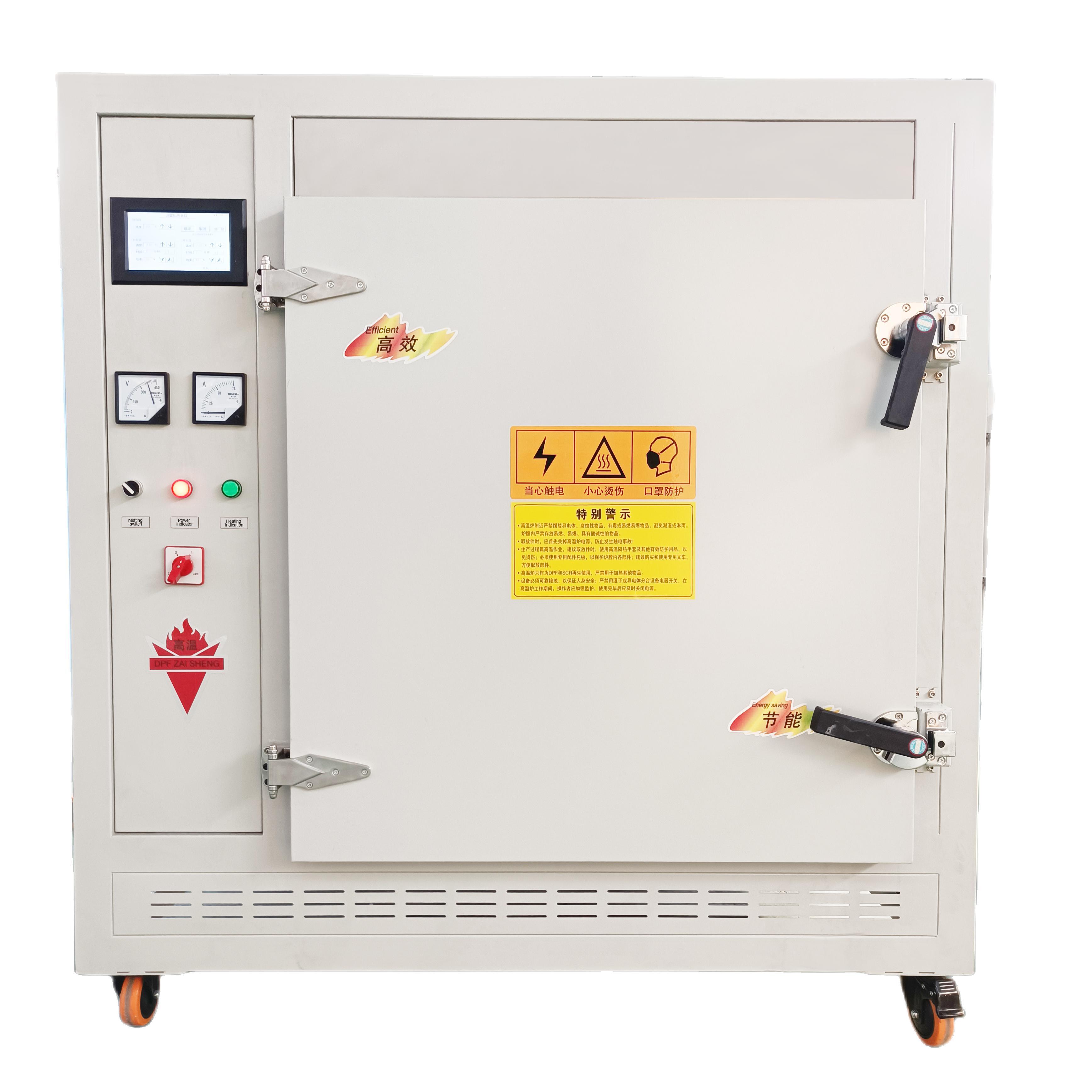
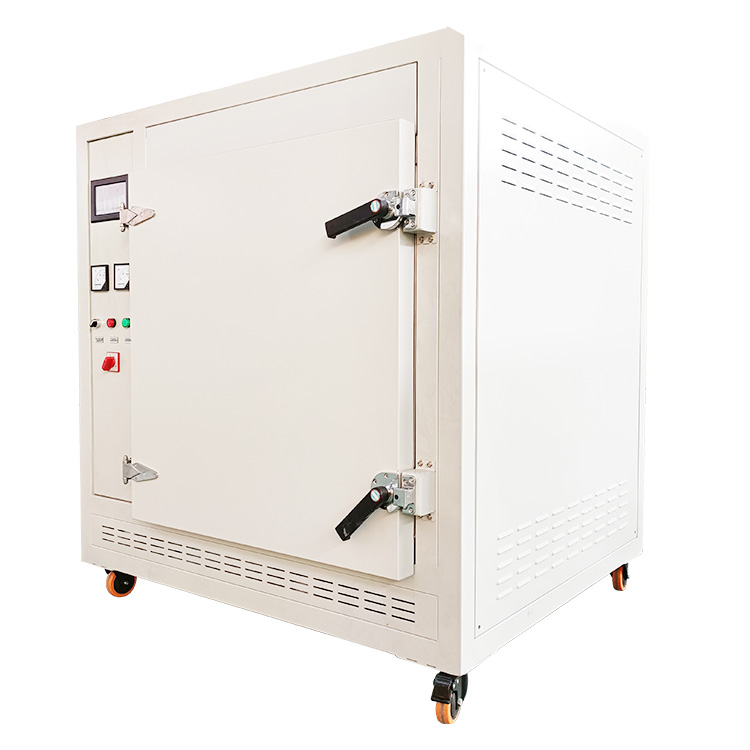
 English
English Русский
Русский Español
Español